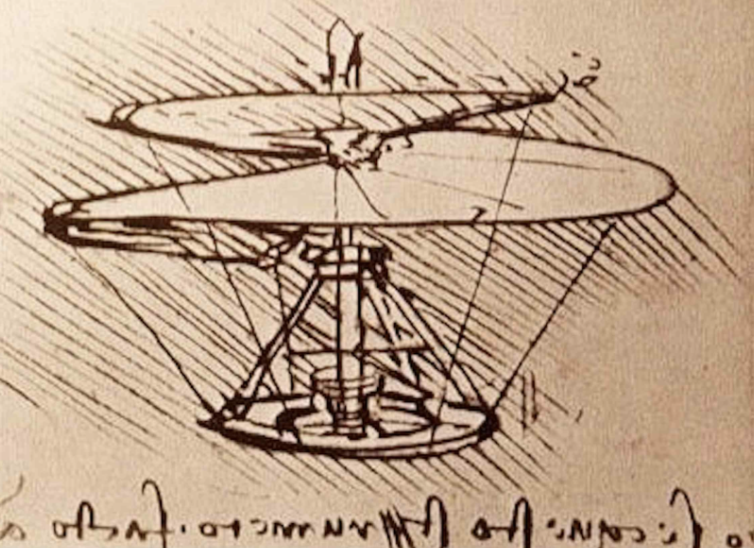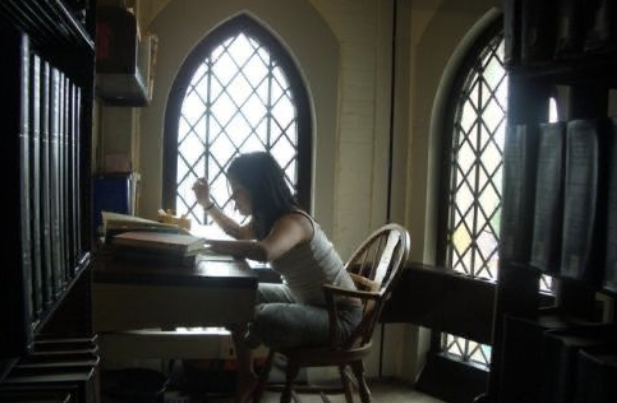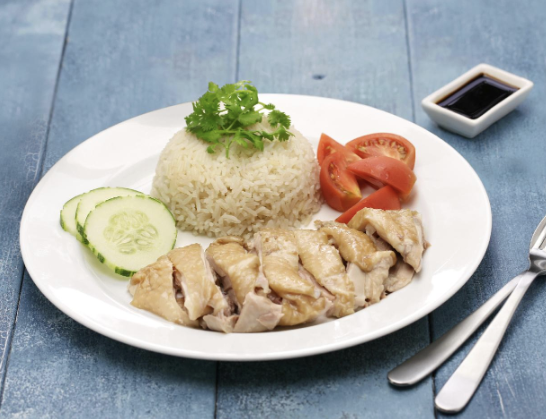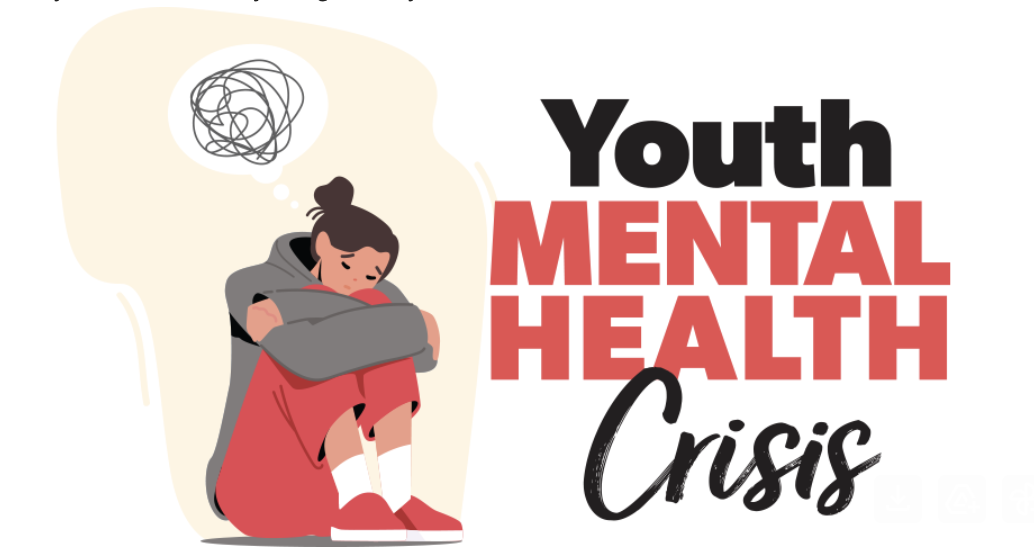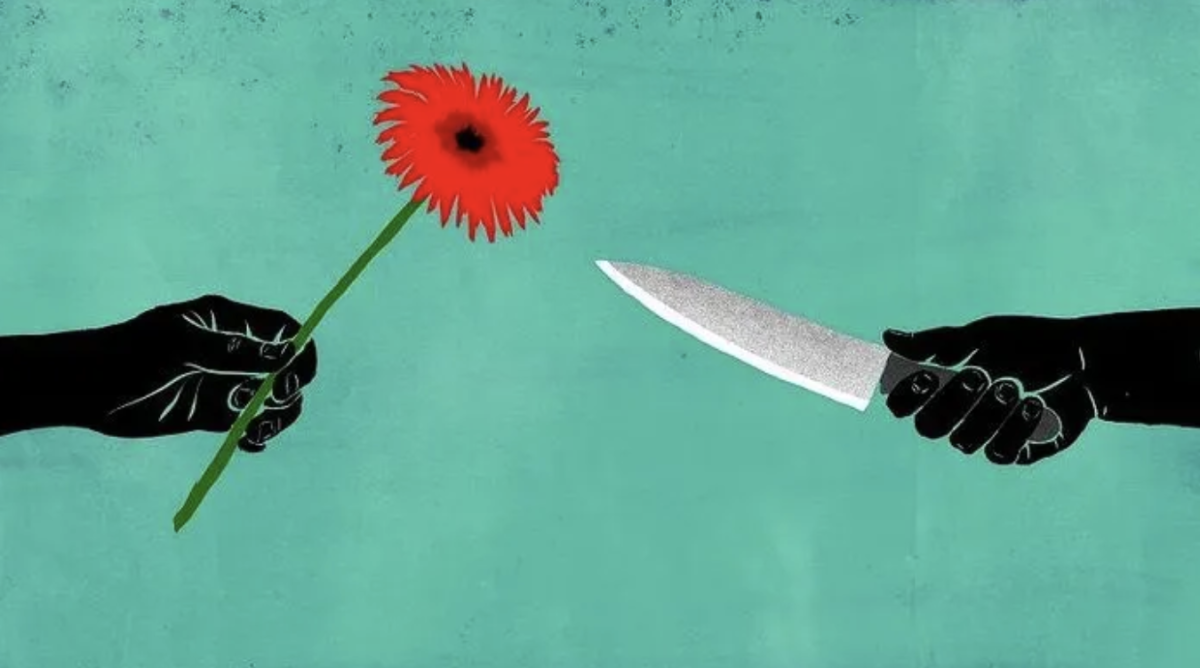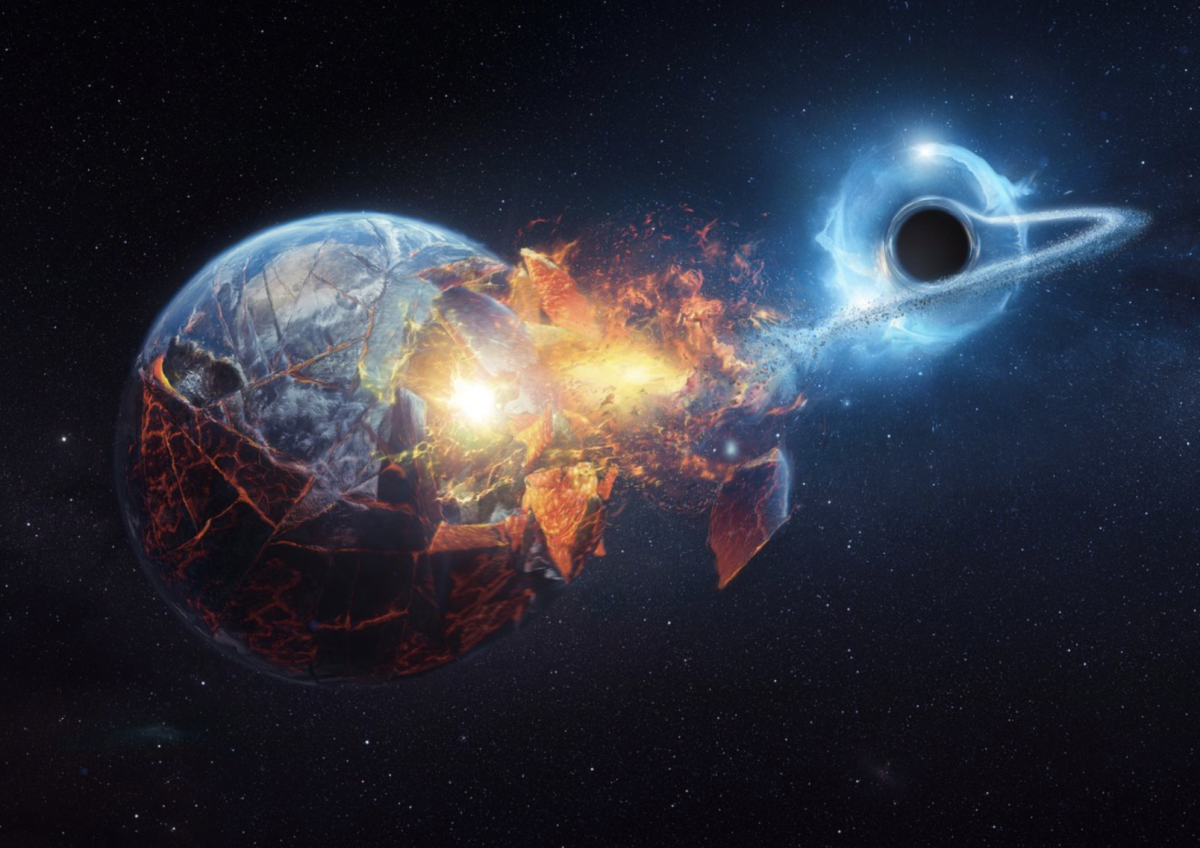Picture a lush green sanctuary in the middle of the bustling highway – in a bold leap towards a sustainable future, Dubai is set to transform its urban landscape with the Green Spine project, transforming the 200km 311 highway by integrating a thriving, eco-friendly, 64-kilometer-long corridor that blends innovation with nature in the heart of the city. The project is part of Dubai 2040 Urban Master Plan launched in March 2021, by Sheikh Mohammed bin Rashid Al Maktoum: the vice president, prime minister of the United Arab Emirates and ruler of Dubai ensuring the city’s lead on sustainable and humancentric urban design.
Dubai 2040 UMP is to advance the city through sustainable urban development and enhance quality of life, especially concentrating on well-being, happiness, prosperity and stability for Dubai’s residents, citizens, and visitors in the next 20 years. Sheikh Mohammed’s projects including the Green Spine will be built for the anticipated eight million residents. The Green Spine project promotes non-motorized transport and uses renewable energy sources to reduce Dubai’s carbon footprint. It also creates an easy and efficient transportation method “link[ing] neighborhoods in 20-minute[s]” as Baharash Bagherian (CEO of URB – a company known for “developing sustainable cities”) says, “[the project] isn’t just about transit; it’s about transforming urban functionality, making the city more livable and human-centric.” The Green Spine aims to ensure long-term sustainability and adaptability to environmental, economic, and social changes.
Environmentally, the project is amazing, as “it harvests 300 megawatts of clean energy”, “reduces CO2 emissions by one Million tonnes annually”, “powers approximately 130,000 homes”, “trams powered entirely by solar energy”, and “features over one Million trees”. The project also includes many green spaces expected to improve air quality, such as pedestrian paths, cycling tracks, gardens, playgrounds, and so on. Economically, this project will enhance the market as residents keep pouring into the city, tourism rises, business rises, investments rise, and land and property values rise. The enhanced green spaces also create ease for people to go out to the supermarket or gym and buy things, “improv[ing] the overall urban fabric of the city.” Lastly, the social aspect, with the new green spaces and Dubai’s 20-minute city initiative, aims to map a city out so residents can access the necessities within a 20-minute walk from their homes, with many new areas for residents to engage in.
Although the project is sustainable and innovative, there are three key limitations; high initial costs, maintenance, and integration of infrastructure. Firstly, the extensive infrastructure and technology require tools and skills that end up to be an estimated cost of $10 billion over four phases. Secondly, is the upkeep of the “corridor” and green spaces and their ongoing costs, as people working to run the Green Spine and the company URB will probably need to stay involved with the project after completion. Thirdly, the project is successfully using the existing infrastructure of the highway, 311, as a base but will require significant adjustments and could cause disruption in traffic flow and inconvenience during construction. With these limitations in mind, the Dubai 2040 UMP is adopting new ways based on challenges the city has faced. For example, with the recent floods due to rain causing havoc for many people and causing disruptions in everyday life, the Green Spine will “incorporate [a] sustainable urban drainage systems, including porous surfaces that absorb rainwater… [to] reduce the risk of flooding, even during heavy rainfall.”
The Dubai Green Spine represents a vision for the future of Dubai and the leap of integrating sustainability, technology and community-centric design the city is making to set a new standard for cities worldwide. The Dubai 2040 UMP is a model for future cities, and with the help of URB, Dubai continues to strive with upcoming projects like Dubai Mangroves and Dubai Reefs, showing that sustainability is a priority and that you can implement it within buzzing metropolises.
Resources:
- Dubai 2040 | Dubai 2040 Urban Master Plan & Sustainable Development. (n.d.), http://dubai2040.ae/en/dubai-2040-urban-master-plan/
- Dubai Green Spine. (n.d.). URB. Retrieved July 16, 2024, https://urb.ae/projects/dubai-green-spine/
- Famproperties. (2024, July). Dubai Green Spine Project: Pioneering Sustainability Along E311, https://famproperties.com/blog/dubai-green-spine-project#:~:text=It%20integrates%20innovative%20design%20with
- Housing, D. of, & Development, C. (2021, September 3). 10 Economic Advantages of Human-Scale Cities & Towns, https://virginiamainstreet.com/2021/09/03/10-economic-advantages-of-human-scale-cities-towns/




